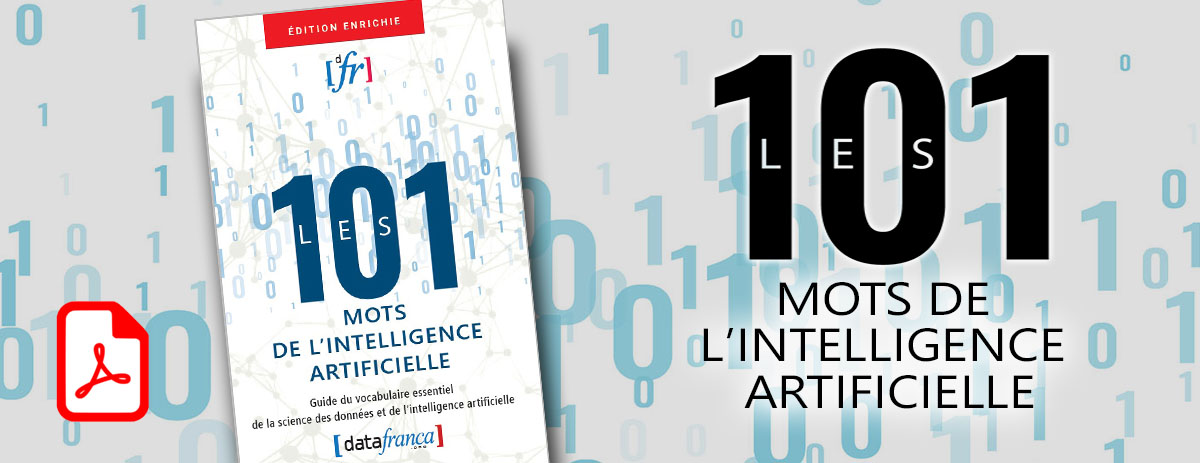Probabilité algorithmique
en construction
Entrez ici les domaines et catégories...Vocabulary
Coulombe
Définition
Français
probabilité algorithmique
Source: http://www.lifl.fr/SMAC/publications/pdf/these-hector-zenil-chavez.pdf
Anglais
Algorithmic probability
In algorithmic information theory, algorithmic probability, also known as Solomonoff probability, is a mathematical method of assigning a prior probability to a given observation. It was invented by Ray Solomonoff in the 1960s.[1] It is used in inductive inference theory and analyses of algorithms. In his general theory of inductive inference, Solomonoff uses the prior[clarification needed] obtained by this formula[which?], in Bayes' rule for prediction [example needed][further explanation needed].[2]
In the mathematical formalism used, the observations have the form of finite binary strings, and the universal prior is a probability distribution over the set of finite binary strings[citation needed]. The prior is universal in the Turing-computability sense, i.e. no string has zero probability. It is not computable, but it can be approximated.[3]
Contributeurs: Claude Coulombe, Imane Meziani, wiki, Sihem Kouache










